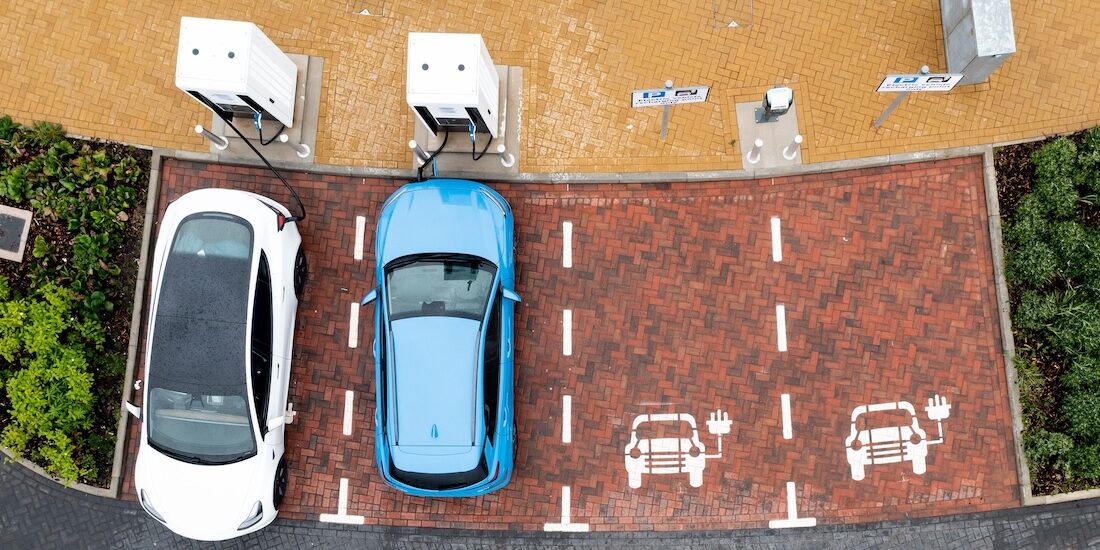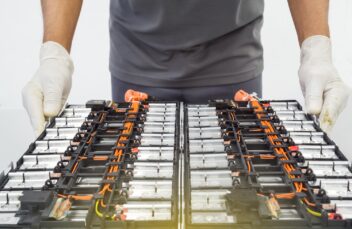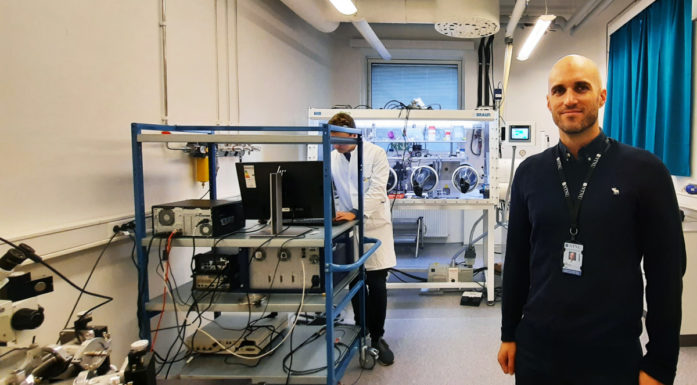Cheaper batteries are key to shifting transport away from fossil fuels. Can the market deliver?
High metal prices can drive up the costs of electric car batteries, which will reduce their adoption. Car manufacturers are already responding to this by shifting to different technologies.
Think of it like this: batteries are the new oil.
They power our cars and electric bikes, and increasingly fuel buses, delivery trucks, heavy equipment and even ferries. There are even battery-powered planes – now mostly used for training pilots.
Can new technologies compensate for price increases in the metals and minerals needed to produce batteries? How will technologies change over the years to respond to this growing market? And – given the urgency to decarbonize as much of the world’s economies by 2050 to limit global warming – what will happen to battery prices in the near to medium term?
The whole idea is about being able to understand, as we move forward, how can we bring the costs further down.
A new analysis that focused on the cost of battery production, published in Batteries and Supercaps, shows how future metal prices can play an outsized role in determining the final cost of batteries.
“Although ongoing R&D (research & development) and economies of scale offer significant potential for cost reduction, maintaining stable metal prices is crucial to achieving this goal,” said Sina Orangi, a PhD candidate at NTNU’s Industrial Ecology Programme and the first author of the paper. “We must remain vigilant, as unexpected changes from projected trajectories, like the unprecedented rise in battery prices in 2022, highlight the necessity of stable metal prices to ensure the realization of our objectives.”
- You might also like: Climate talks and the way forward
Higher prices can cause shifts to newer technologies
Orangi says that battery technologies are constantly evolving to make the process more efficient. In some cases, developers have made changes in battery technologies to limit the amount of metals that are in short supply or that come from less desirable sources.
Cobalt, which has been integral to many car batteries, is a good example, he says. Seventy per cent of the world’s cobalt comes from the Congo, where there are questionable labour practices in the country’s cobalt mines.

Bags of raw cobalt are hauled out of a small mine in Kolwezi, Democratic Republic of Congo. Instability in the Congo along with questionable work practices has led many electric car manufacturers, such as Tesla, to look for low or no cobalt alternatives for batteries. Photo: Ashley Gilbertson/The New York Times/NTB Scanpix
Now, electric car producers, such as Tesla, have switched to LFP batteries. In addition to being more ethically sourced, the metals in an LFP battery are far less costly than NMC batteries, so the batteries can be made as much as 30 per cent more cheaply than an equivalent NMC battery.
And the technology continues to advance.
In October 2023, NikkeiAsia reported that a University of Tokyo team built a battery with electrodes containing lithium, nickel, manganese, silicon and oxygen – and thus was free from cobalt. Their prototype was coin-sized, but showed promising results, the news site reported.
- You might also like: Want to save the planet? Cut coal use by 95 per cent, oil by 60 per cent by 205o, report says
Using the past to predict the future
Orangi says this and a previous study can help both policymakers and investors to understand the trends that will affect battery prices and development in the future.
If you are going to electrify the traffic in sub-Saharan Africa, then electric cars have to be at least as cheap as their fossil fuelled counterparts.
Both studies what is called a “bottom-up” cost model to come up with projections. That means the researchers looked at all the different components that contribute to battery costs, including historical and projected material prices, improvements in manufacturing processes and battery design, and global production increases.
Using those variables, the researchers created a model that both reflects what has already happened and can give a picture of what is to come.
This approach is similar in some ways to the way climate scientists build climate models, says Anders Hammer Strømman, a professor in the Industrial Ecology Programme and senior author on the paper. Strømman was also a lead author for the Transport Chapter in the IPCCs Working Group III Report on Mitigation of Climate Change.
“To calibrate the models, you go backwards, in the same way as you do with the climate models. You can see if you can reproduce history,” Strømman said.
“The whole idea is about being able to understand, as we move forward, how can we bring the costs further down,” he said.
Making electric vehicles competitive
In countries like Norway, which has electric car subsidies and a generally high per capita income, buying an electric car is within reach of a percentage of the population.
As of 2022, the most recent year for which numbers are available, Norway had nearly 600 000 electric cars on the road, out of a total of 2.9 million passenger vehicles overall, according to Statistics Norway. That’s roughly 20 percent of all passenger cars.
While that’s good for Norway, the rest of the world is just beginning to adopt the technology, Strømman said.
“If you look at the global fleet, we are only at the onset of electrification,” he said. “And if you look at developing countries, or economies in transition, electric vehicles are expensive. So bringing down the costs of batteries is important.”
Overall costs are key
Strømman says the good news is that the battery industry is maturing, which means it can focus on efficiencies with energy, materials and costs.
For example the industry saw an “85 per cent cost reduction from 2010 to 2019, which is a significant cost reduction,” he said. The payoff is in the numbers: The International Energy Agency says that there were 18.2 million battery-powered electric passenger vehicles on the world’s roads in 2022, the latest year for which numbers are available. 14 percent of total sales.
That may sound like a lot, but there are an estimated 1.475 billion passenger cars on the world’s roads, meaning that electric passenger vehicles accounted for just 1.2 per cent of all cars. Electric car sales – including battery electric vehicles (BEVs) and plug-in hybrid electric vehicles (PHEVs) – exceeded 10 million in 2022, up 55% relative to 2021. This figure – 10 million EV sales worldwide – exceeds the total number of cars sold across the entire European Union (about 9.5 million vehicles) and is nearly half of the total number of cars sold in China in 2022.
These numbers are impressive, but what holds sales down is the total cost of the vehicle compared to a fossil-fuelled vehicle. Economists call this cost parity.

Making electric vehicles cheap enough to be used in developing countries will be an enormous challenge, especially in areas, like Oromia, Ethiopia, where the most affordable transport remains the horse. Photo: Nancy Bazilchuk/NTNU
“If you are going to electrify the traffic in sub-Saharan Africa,” then electric cars have to be at least as cheap as their fossil fuelled counterparts, Strømman said.
More importantly, it’s the purchase price of the vehicle that will matter in these developing countries. It won’t matter if operating an electric vehicle is much cheaper in the long run if people can’t afford the up front costs of the vehicle.
“Cost parity matters when it comes to the initial purchase, because that’s what people have the budget for,” Strømman said. “This is a broader challenge. You need bring the cost further down for EV to get global electrification.”
References: Sina Orangi, Nelson Manjong, Daniel Perez Clos, Lorenzo Usai, Odne Stokke Burheim, Anders Hammer Strømman. Historical and prospective lithium-ion battery cost trajectories from a bottom-up production modeling perspective. Journal of Energy Storage,Volume 76, 2024. https://doi.org/10.1016/j.est.2023.109800
Orangi, N. B. Manjong, D. P. Clos, L. Usai, O. Stokke Burheim, A. H. Strømman, Trajectories for Lithium-Ion Battery Cost Production: Can Metal Prices Hamper the Deployment of Lithium-Ion Batteries?Batteries & Supercaps 2023, 6, e202300346.






